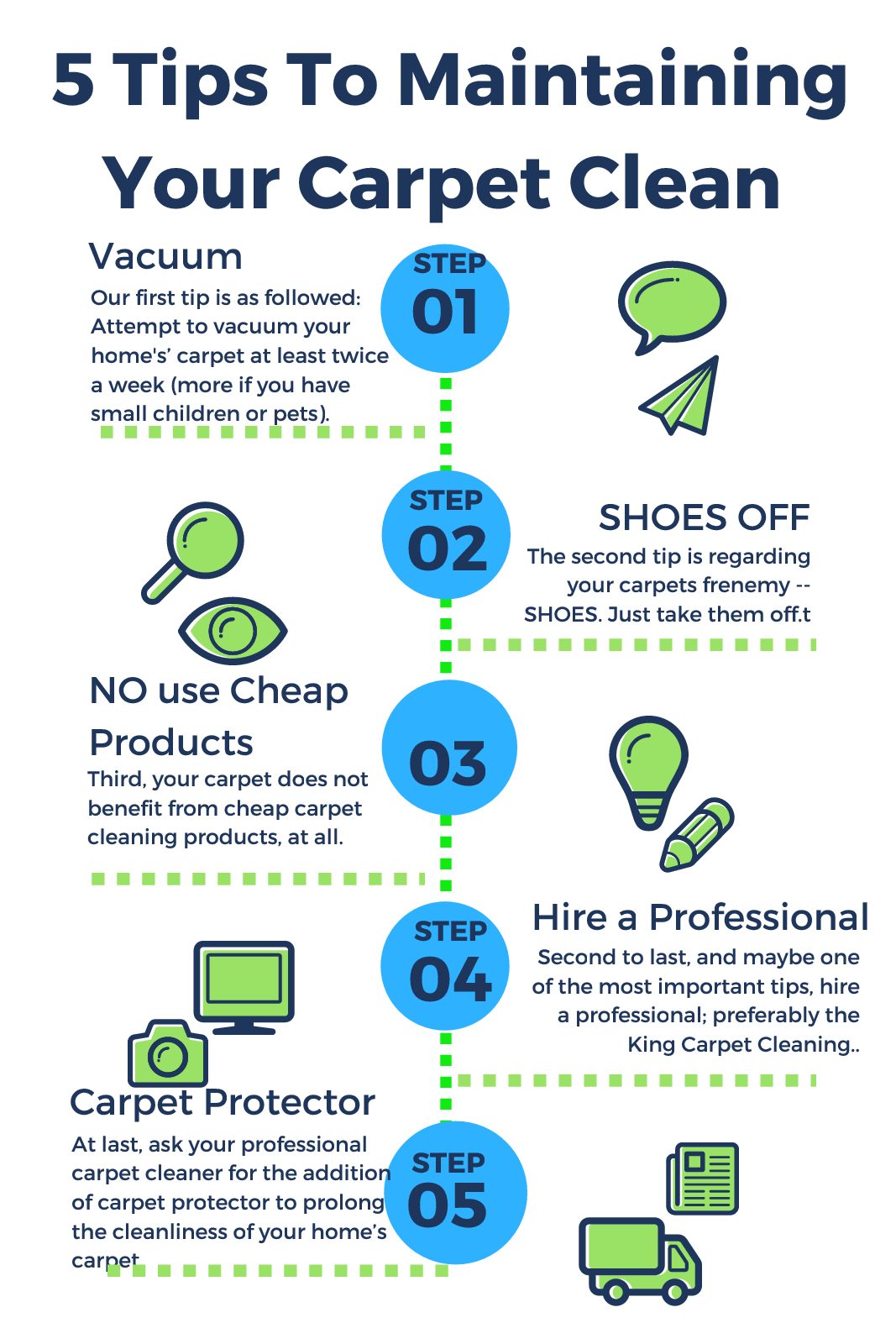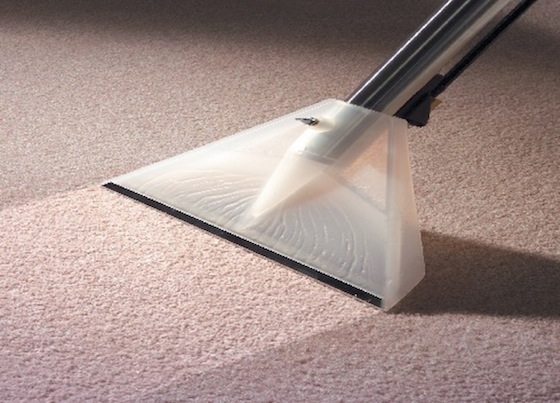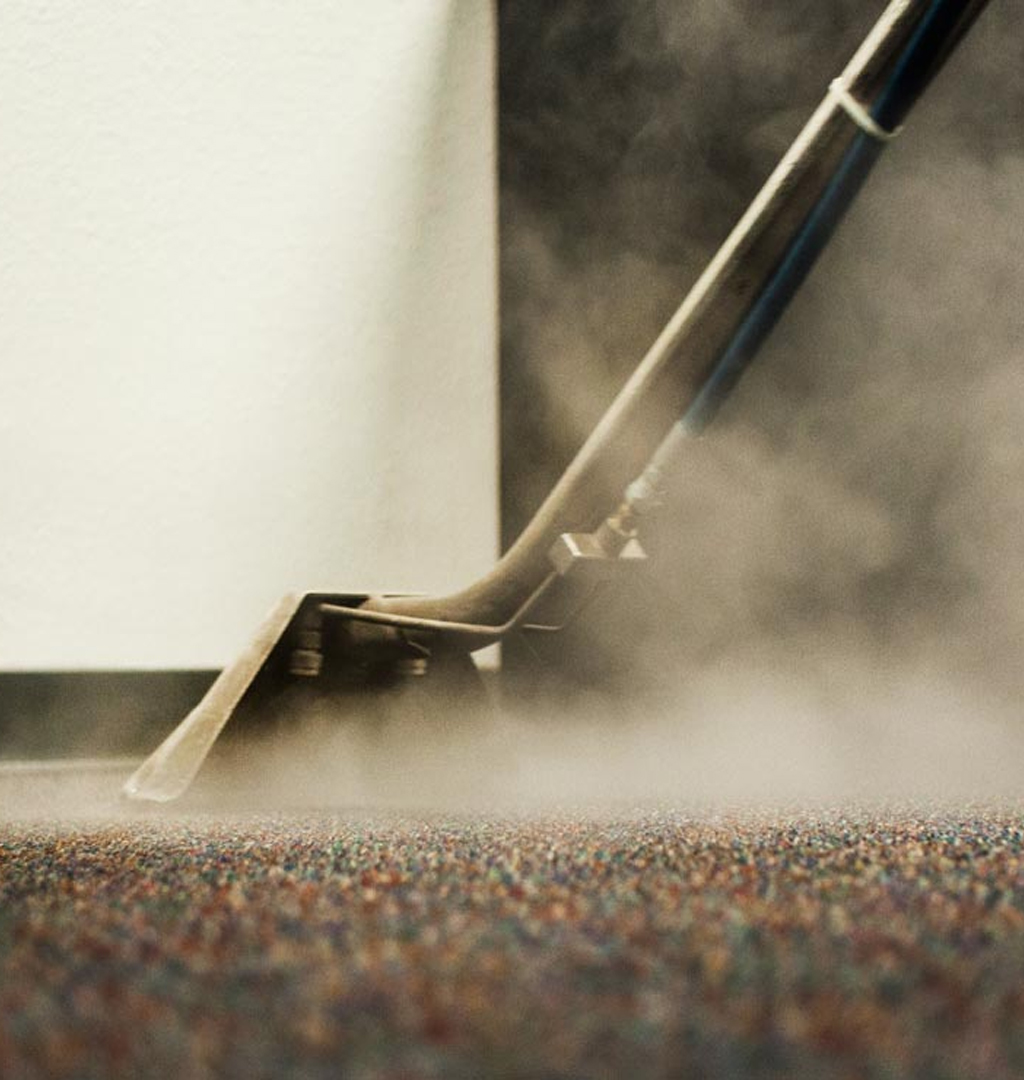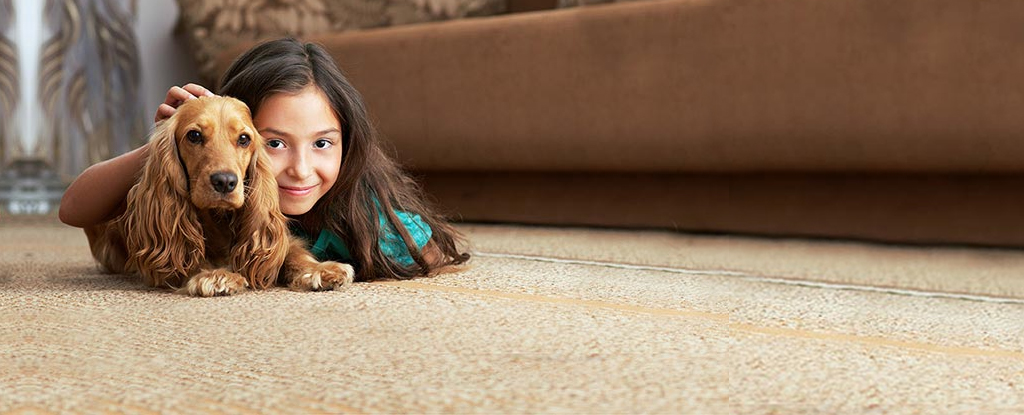The following information is typical of what is on the market today for the professional carpet and furniture cleaner.
Oxygen-based
Many effective deodorizers used today are oxygen-based. These work by applying the product to the contaminated site and giving the oxygen (hydrogen peroxide-based or sodium percarbonate, as two examples) time to attack the contamination.
The product will weaken during contact time, but this is expected because the goal of the deodorizer is to release oxygen to the contamination. Used in the right application, it works very well as it breaks down odor-causing matter.
Oxygen deodorizers have bleaching properties, but are generally safe for most textiles. There are many types on the market; follow directions completely.
Sodium hypochlorite (common household bleach) is also an oxygen deodorizer, but not safe for most textiles.
Enzyme-based
Enzyme deodorizers work by breaking down what holds contamination together.
The enzyme deodorizer — you could call it a “friendly bacteria” — attacks the contamination, creating enzymes that break down odor-causing matter.
You could make the comparison to your own digestive system. As food is introduced, bacteria create enzymes that help in digestion.
Just as with oxygen-based deodorizers, enzymes must be wet and reach the contamination (and be fairly warm, though this can be difficult) for a specific length of time.
Biocides
Biocides are simply chemicals that kill, thus the part of the name “-cide.”
These are deodorizers that target specific applications, with familiar terms such as fungicide, bactericide, sporacide, etc.
Any chemical deodorizer that claims to kill bacteria, microorganisms or other matter is a biocide.
Modifiers
Chemical modifiers work by changing the structure of the odor-causing matter.
The chemical attaches itself to the odor-causing matter and alters its molecular makeup, making the odor be perceived differently or non-existent.
Encapsulants
Simply speaking, an encapsulant “coats” or “encapsulates” foul-smelling matter. It’s a type of chemical sealant.
Odors come from bacteria. In order for us to smell or perceive odors, odor molecules must release into the air and make their way to our noses.
An encapsulant deodorizer hinders or stops that action completely. It seals the contamination and keeps the odor molecules from entering our airspace.
The challenge is getting enough encapsulant onto the contamination remaining after cleaning the source.





